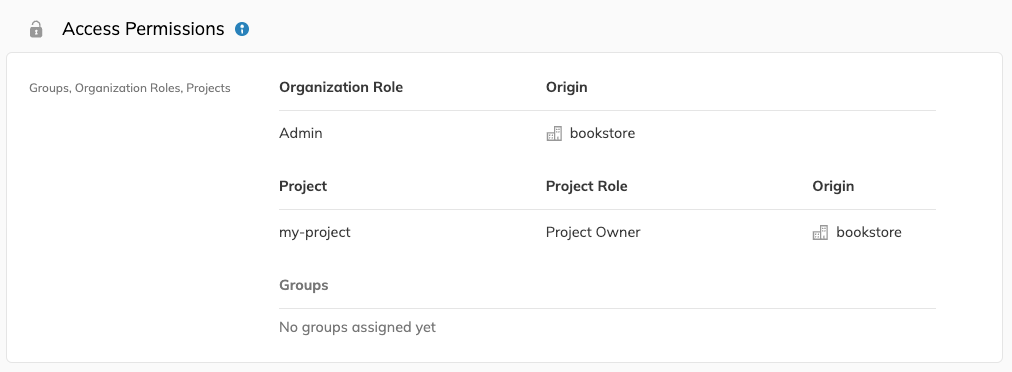Nobl9 Application (1.58)
- Alerting condition: Entire budget would be exhausted
- Synchronizing user groups from Azure Active Directory through SCIM
- Support for Lightstep UQL moved out of beta
- Support for Query delay moved out of beta
- Switching between stable and beta release channels
- ThousandEyes integration: added DNS and HTTP Server tests (beta)
- Raised Replay and SLI Analyzer limits and Job Status widget extended
- Labels added to data export
- Expand and collapse all Services on the SLO grid view
- Reset the width of the SLO tree navigation
- The alert policy list
- The Access permissions view
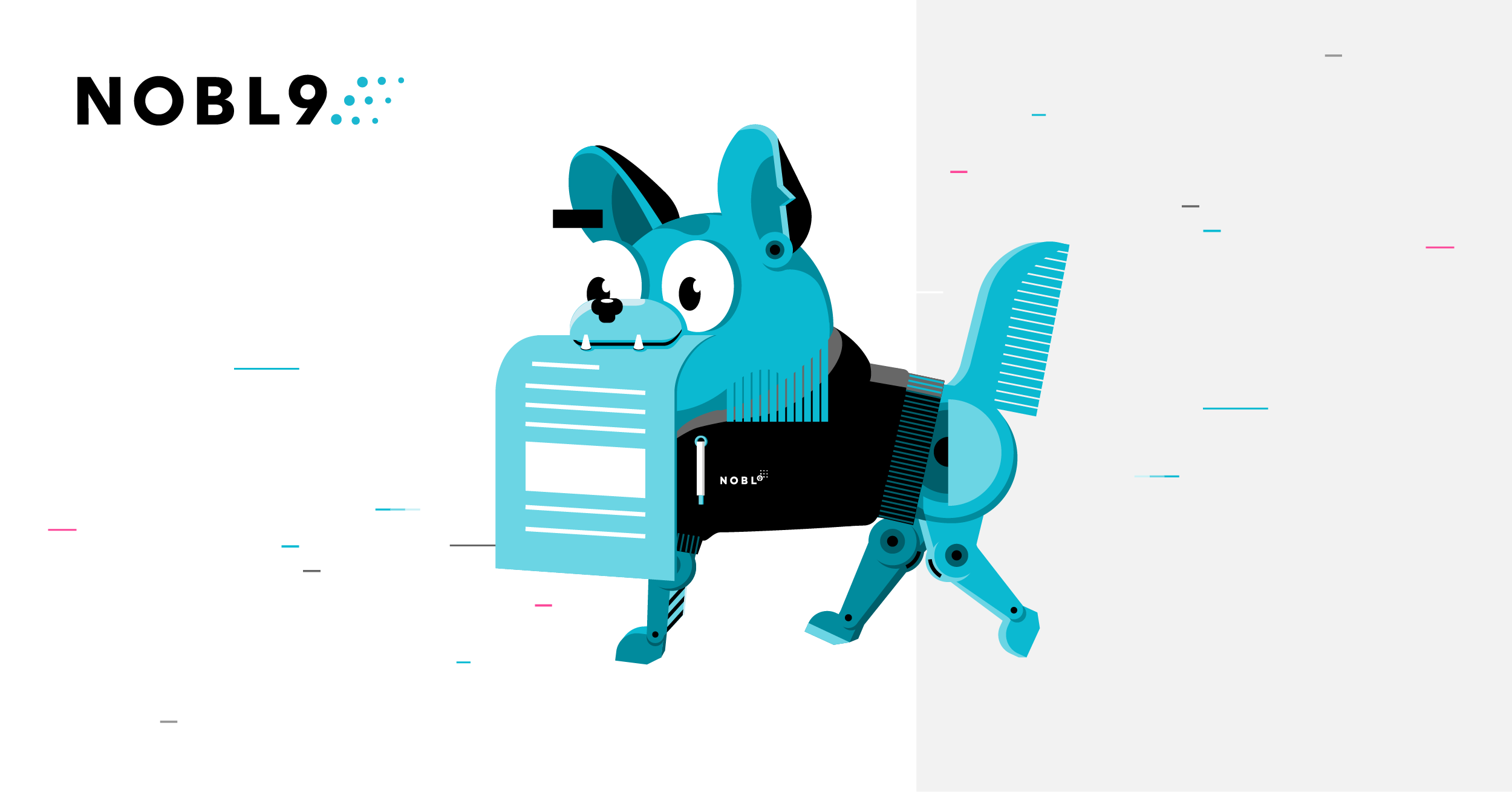
Release details
new Alerting condition: Entire budget would be exhausted
When creating an alert policy, you can now configure a new alert condition: the Entire Error Budget would be exhausted. You can do it in Nobl9 UI, sloctl, and Nobl9 Terraform provider.
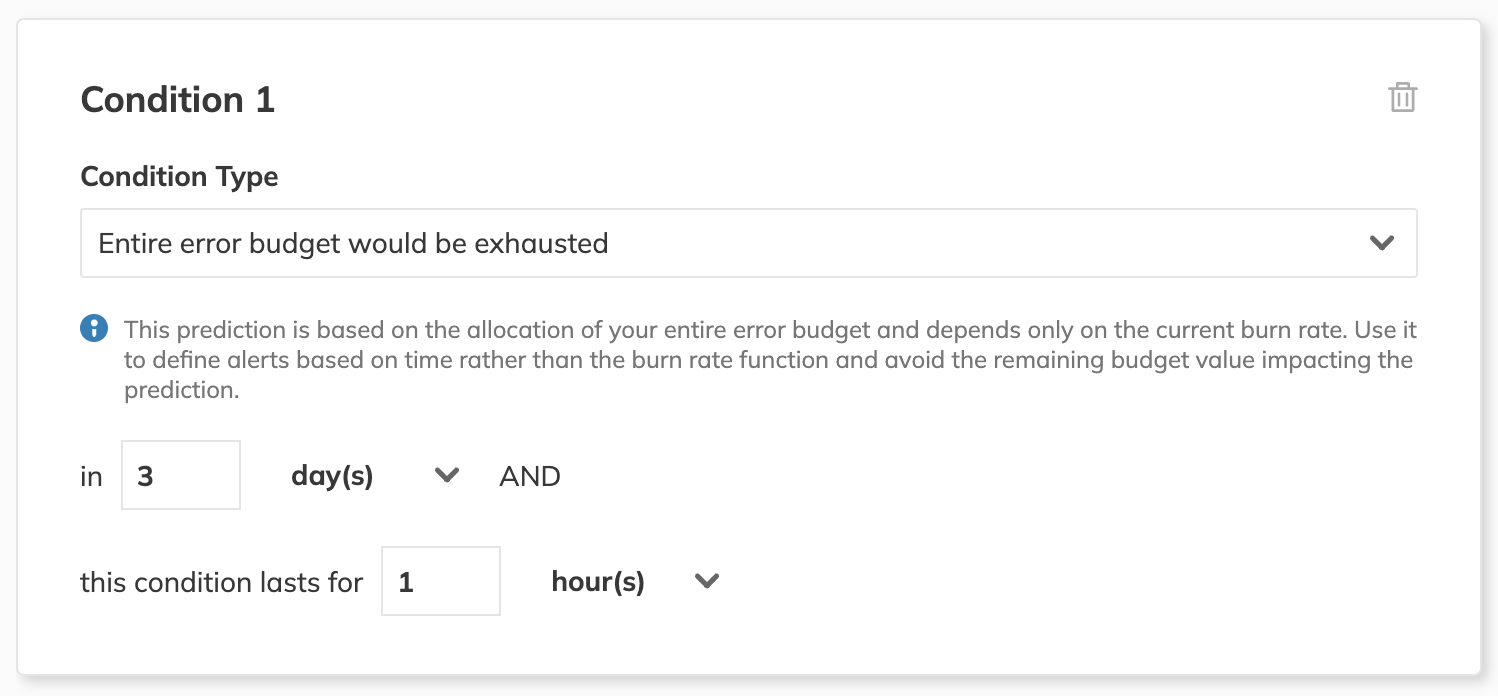
To improve Nobl9 alerting logic, we've renamed the existing condition, Error budget would be exhausted, to Remaining error budget would be exhausted to reflect the difference between the two.
You can thus decide what you'd like to be alerted on:
- Budget burn time prediction based on the remaining error budget
- The entire error budget of an SLO.
The new Entire Error Budget would be exhausted condition is insensitive to the amount of the already burned budget. On the other hand, the Remaining error budget would be exhausted condition becomes more sensitive as your remaining error budget decreases; once your SLO has burnt its budget, even the slightest amount of burn will trigger an alert.
new Synchronizing user groups from Azure Active Directory
If you're using Azure Active Directory (AD), you can synchronize user groups of your choice to Nobl9 through the SCIM protocol.
AD user group synchronization lets you automate onboarding new Nobl9 users by streamlining access management to different areas. With this feature, you can assign organization and project roles to specific groups and manage permissions on the group level.
Users assigned to a group in Azure AD will be automatically assigned to the same group in Nobl9 and receive corresponding permissions. Similarly, users removed from a group in Azure AD will also be removed from the group in Nobl9. They'll also lose access to Nobl9 resources granted through that group.
When working with Azure AD, you can choose which user groups should be synchronized. This means you don’t have to worry about synchronizing your Azure group data but can select the specific groups relevant to your needs.
If you'd like to use the Azure AD (or other IdP) group synchronization, contact Nobl9 support. Our team will assist you with the initial setup.
new Support for Lightstep UQL moved to stable
ServiceNow Cloud Observability Unified Query Language (UQL) is now available for everyone, as it has come out of beta. You no longer need to switch to the beta channel to use Lightstep UQL metrics in your SLOs.
new Support for Query delay moved to stable
The custom Query delay feature for your data sources (previously in beta) is now available for everyone. You can now easily manage how long metrics need to stabilize, which can be especially helpful for sources that take longer to gather metrics.
new Switching between Stable and Beta release channels
You can now switch your data sources to the Nobl9 Beta channel,
using UI or sloctl.
We've introduced release channels to protect the integrity and stability of your data. The beta channel is a distribution channel that showcases the latest innovations and the newest functionality, tested to deliver the best early-access experience possible.
New functionalities and improvements developed for our data source integrations are initially released to the beta channel and made available to users who opt into the beta channel with their data source.
After some time and sufficient usage, we'll move these features to the stable channel and make them available for everyone.
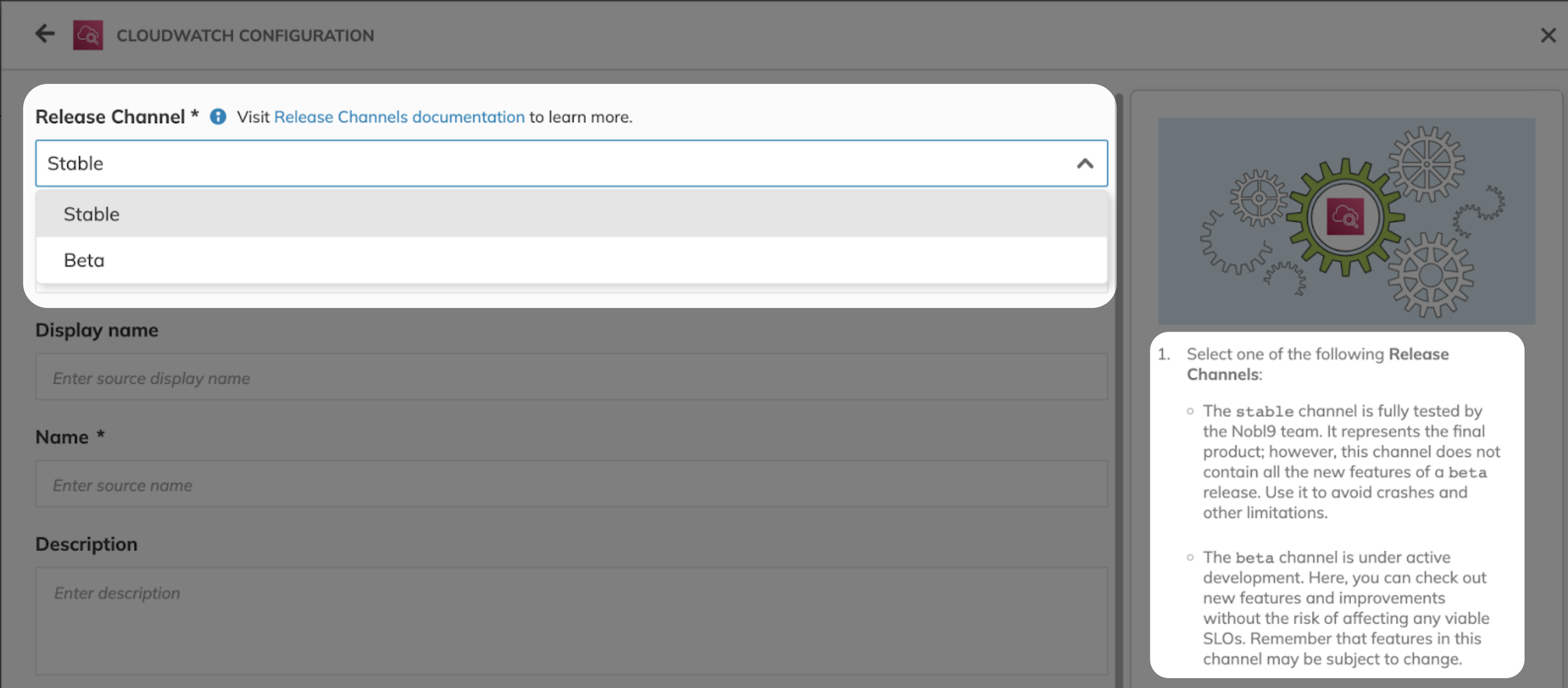
improved ThousandEyes integration: DNS and HTTP Server tests (beta)
You can now use your ThousandEyes DNS and HTTP server tests to create SLOs. We’ve extended the list of available ThousandEyes tests, so you can set up SLOs with the metrics you care for. The following new ThousandEyes metrics are available through Nobl9:
- DNSSEC—valid
- Server metrics—resolutionTime
- HTTP Server—totalTime

To use new ThousandEyes metrics, make sure your agent’s version is at least v0.67.0-beta04 or update your direct ThousandEyes data source to use the beta release channel.
improved Raised Limits for Replay and SLI Analyzer
To streamline the usage of Replay and SLI Analyzer, we’ve raised the limits of allowed historical data import jobs to 2 per organization. Also, with the improved Job Status widget, you can track usage and available Replay and SLI Analyzer slots. Moreover, we've included additional details on the Job Status widget. You can now check:
- Details about Relay and Analyzer processes
- Statuses of import jobs
- Who ran imports

improved Labels added to data export
We’ve added information to data exports. You can now use labels to filter your exported data to focus on the SLOs you’re looking for.
improved Expand and collapse all services on the SLO grid view
To simplify navigating your SLOs, we’ve introduced quality-of-life improvements to the SLO grid view. You can now observe the number of displayed SLOs and services and expand or collapse the service list below.

improved Reset the width of the SLO tree navigation on the SLO grid view
You can now reset the width of your SLO tree navigation panel to its original size by double-clicking on its border.
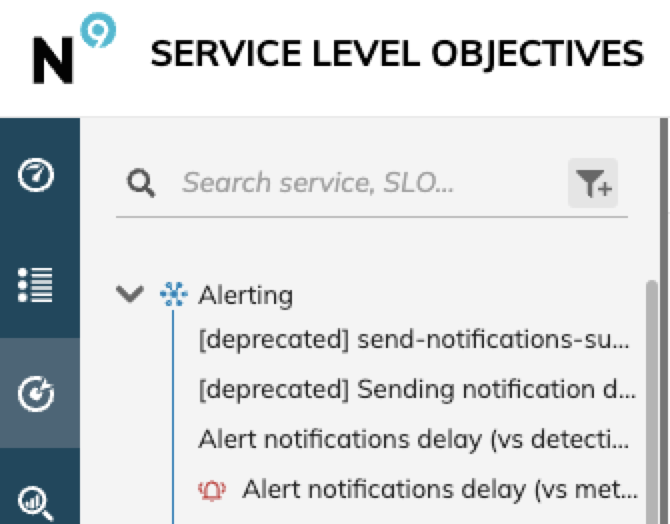
improved Alert policy list
You can search the alert policy list by Name, Project, Severity, and Labels. The list will be paginated to improve performance if you have more than 50 alert policies.
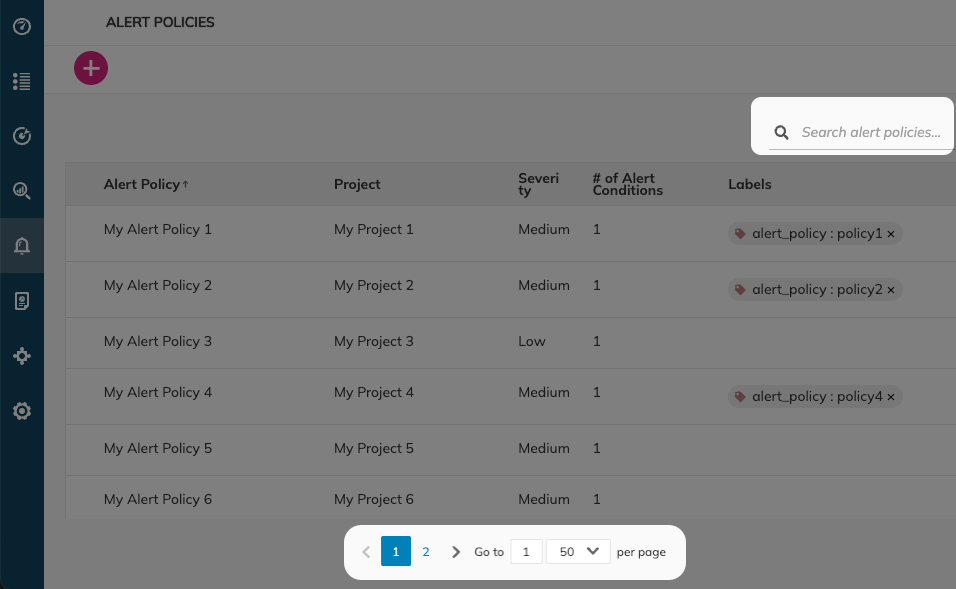
improved Access permissions view
We’ve updated the Access permissions view. It now includes user group information to provide more context on the origin of your access permissions.
